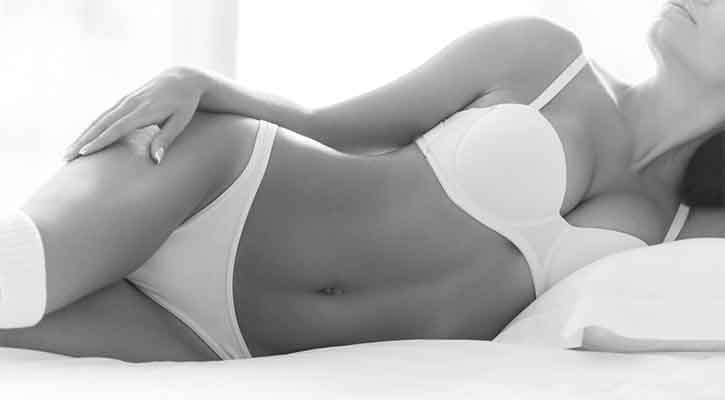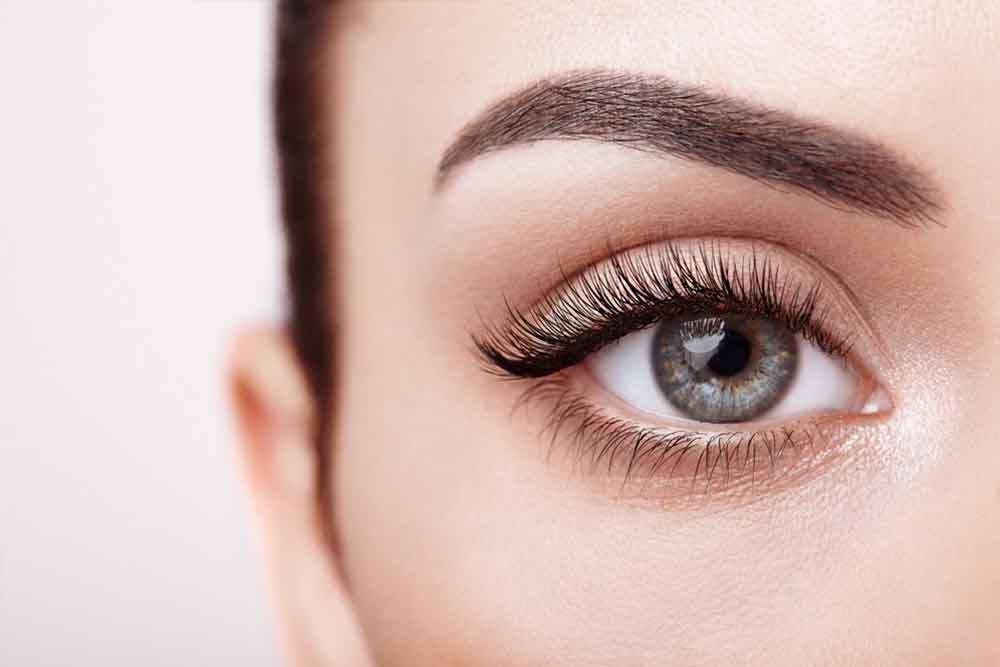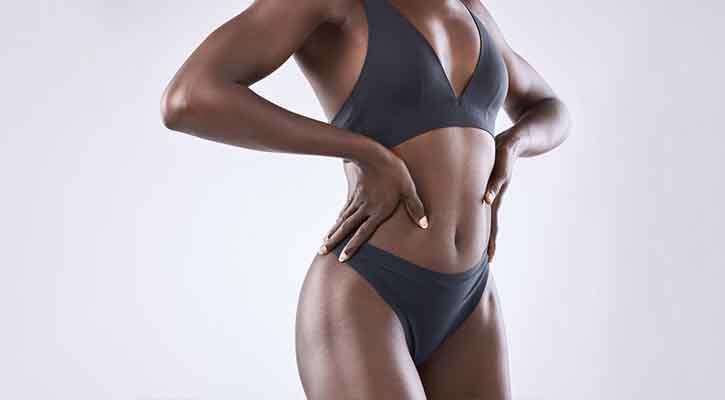


There is a very low chance of infection. This problem can be solved with simple antibiotics and dressings in line with your doctor's recommendations. There is no other risk.
The patient can continue daily life 1 day after the operation. At the end of 2 weeks, the change reaches a visible level.
It should be noted that this is a very low probability. In the application, fat taken from the person's body is injected. As fat in any part of the body can melt, there is a possibility that the injected fat will melt over time, but as mentioned, this is a very low probability. The aim of the operation is to create a process that will be done once and will not be repeated.
Fat injection is generally known as the chin and cheekbone, hip area and forehead area are the most common areas where this application is performed. Fat injection in these areas aims to reshape and restore the aesthetic appearance.
There is a low probability of infection. Abscesses may occur due to this condition.
This practical procedure, which is used for filling, involves the transfer of fat from various parts of your body to another area. With this method, the treated area gains a fuller and voluminous appearance.
Fat injection, one of the most common aesthetic methods of today, is a non-surgical aesthetic method performed by taking the fat present in the body by injection and transferring it to an area to give fullness. This procedure, which acts as a filling, is among the frequently preferred applications because it does not affect the flow of daily life and is less laborious than other operations.
Is Fat Injection a Risky Procedure?
There is a very low chance of infection. This problem can be solved with simple antibiotics and dressings in line with your doctor’s recommendations. There is no other risk
When Can I Return to Work After Fat Injection?
You can continue your daily life 1 day after the operation. After 2 weeks, the change reaches a visible level.
Is Fat Injection a Permanent Procedure?
It should be noted that this is a very low possibility. In the application, fat taken from the person’s body is injected. As fat in any part of the body can melt, there is a possibility that the injected fat will melt over time, but as mentioned, this is a very low probability. The aim of the operation is to create a process that will be done once and will not be repeated.
Which Areas Is Fat Injection Most Commonly Performed?
Fat injection is generally known as the chin and cheekbone, hip area and forehead area are the most common areas where this application is performed. With fat injection in these areas, it is aimed to reshape and restore the aesthetic appearance.
Are There Side Effects in Fat Injection?
There may be a low probability of infection. Abscesses may occur due to this condition.
Fat Injection
Fat injection is also known as autologous fat transfer and is a frequently used and preferred method in aesthetic surgery today. In the fat injection procedure, fat tissue is taken from the person’s own body.
This tissue is then injected into the desired areas to provide volume and fullness. Fat injection can be performed for many different purposes.
It can be used to fill sunken areas and wrinkles on the face, to plump the lips, to define the cheeks and cheekbones.
It can be used to enlarge the buttocks and buttocks area, to eliminate the depression in the inner legs, to give fullness to the hands and arms.
It can be used to remove or reduce the visibility of scars due to burns and accidents.
It can also be used to provide additional fullness in surgical procedures such as breast augmentation and reconstruction.
Fat injection is generally performed under local anesthesia and the procedure consists of three stages. In the first stage, fat is removed by liposuction from an area rich in adipose tissue such as the abdomen, hips, buttocks or thighs.
Then, the fat is purified by centrifugation and live fat cells are isolated. Finally, the processed fat is injected into the desired areas using fine needles. Our clinic performs this procedure flawlessly with a team specialized in fat injection.
How Permanent is Fat Injection?
Fat injection provides fullness and volume by removing unwanted fat deposits and injecting them into another area. This method, which has become very popular in recent years, can be applied to many areas such as face, buttocks, buttocks, legs and hands.
How permanent is fat injection? The question is very curious at this point. However, there is no single answer to this question. Permanence can vary depending on many factors and these factors include the following.
Fat injection tends to be more permanent in areas with better blood circulation, such as the face. In areas such as the buttocks and hips, fat tissue can dissolve more easily over time.
Injecting more fat can contribute to increased permanence.
Injections with the right technique increase the chances of fat cells surviving and prolong permanence.
Factors such as smoking, excessive weight gain and weight loss can negatively affect the permanence of fat injection.
Fat injection may be less permanent in people with a fast metabolism.
On average, 30% to 70% of the injected fat is permanent, which means that up to 70% of the injected fat may dissolve over time. However, our clinic manages to offer the highest percentage of permanence with the most accurate techniques and expert team.
This rate may vary depending on the factors mentioned above. In some people, fat injection can be permanent for 5 years or more, while in others it may start to melt within 1-2 years. Among the things that can be done to increase the permanence of fat injection are the following.
Avoid smoking.
Try to maintain a healthy weight.
Exercise regularly.
Use sunscreen.
Follow your doctor’s instructions.
What Does Fat Injection Do?
Fat injection is the process of taking one’s own fat tissue from certain areas and injecting it into other areas where it is needed. This method, which can be used for aesthetic and medical purposes, gives very natural and permanent results as it uses the person’s own fat cells as fillers.
Fat injection can be used for facial rejuvenation, body contouring, scar treatment and various other medical applications. What does fat injection do? In response to the question; Among the benefits of this procedure are the following.
When done correctly, the injected fat cells continue to live in the new tissue, giving long-term results.
Since the person’s own tissue is used, there is no risk of allergic reaction and the results look quite natural.
It is a very safe procedure when performed with the right technique and sterile conditions.
It can be used in many areas of the face and body.
You can return to daily life in a short time after the operation.
Is fat injection painful for fat injection, which can be used for various purposes such as facial plumping, wrinkle removal, buttock and hip augmentation ? Many people are looking for an answer to the question. How painful the fat injection will be can vary depending on different factors.
Injections performed under local anesthesia cause less pain compared to general anesthesia.
Injections in sensitive areas (such as the face, under the eyes) may cause more pain.
Injecting more fat may cause more pain.
Everyone has a different tolerance to pain. Some people may feel more pain than others.
It is normal to have mild pain, tenderness, bruising and swelling after fat injection. All these symptoms usually subside within a few days. Your doctor will also give you instructions and medications to help you manage these symptoms.
How is facial fat injection performed?
How is facial fat injection performed? In response to the question; Facial fat injection is a popular aesthetic surgery procedure used to remove volume loss and wrinkles on the face. Fat tissue taken from another part of the patient’s body is injected into the needed areas of the face using fine needles. The procedure consists of the following stages.
The procedure is usually performed under local anesthesia or light sedation.
Your doctor will numb the area where the fat will be removed.
In a procedure called liposuction, fat tissue will be removed from areas such as the abdomen, buttocks or thighs.
The fat is purified by processing it in a device called a centrifuge.
The purified fat is injected into the needed areas of the face using fine needles.
Your doctor will ensure that the fat is evenly distributed by gently moving the needle during the injections.
Fat Injection Natural Fullness in Aesthetics
Fat injection is a widely used technique in aesthetic and reconstructive surgery. This method involves removing fat tissue from the body and injecting it into the area to be treated. Fat grafting is used to compensate for loss of skin volume, reduce wrinkles, reshape facial contours and give the body an overall younger and fuller appearance. This procedure provides natural and long-lasting results when performed safely and effectively.
Fat Injection Procedure
1. Consultation and Evaluation: Before the procedure, a consultation with a plastic surgeon is performed. The surgeon listens to the patient’s wishes, examines past medical history and creates an appropriate plan.
2. Fat Extraction: The procedure usually begins by removing fat from the patient’s own body. This is usually done by liposuction from areas such as the abdomen, thighs or buttocks.
3. Fat Processing: The fat is processed and cleaned in the laboratory. The fat is made pure and injectable.
4. Injection: The prepared fat is injected into the needed areas through fine needles. The injection process is carried out depending on the patient’s wishes and the surgeon’s recommendations.
5. Recovery: After the procedure, patients may often experience mild discomfort or swelling. However, these discomforts usually resolve in a short time. The healing process varies depending on the general health status of the patient, the size of the treated area and other factors.
Application Areas of Fat Injection
Fat injection can be used for many different aesthetic and reconstructive purposes. The main areas of application are as follows:
Facial Fillers: Fat injection is commonly used to reduce facial wrinkles, plump the cheeks, contour the lips and correct bags under the eyes.
Breast Augmentation: Fat can be injected into the breast tissue for breast augmentation or shaping.
Buttock Augmentation: Fat injection into the buttock area is preferred to achieve a fuller and lifted appearance.
Cheekbones and Chin Contouring: Fat injection can be performed to define the cheekbones or jawline.
Risks and Complications
Although the fat injection procedure is generally safe, there may be some risks and complications. These may include the following:
Infection: There is a risk of infection after the procedure. However, this risk can be minimized by taking sterilization and hygiene measures.
Asymmetry: Fat injection can sometimes cause asymmetric results. Careful planning and implementation is necessary to prevent this.
Temporary Side Effects: Temporary side effects such as mild swelling, bruising or tenderness may occur after the procedure. These usually resolve in a short time.
Fat injection is an effective option for those who want to achieve natural and long-lasting results. However, it is important to consult a doctor before the procedure and create a suitable plan. In addition, it is necessary to follow the healing process recommended by the doctor after the procedure and to have regular check-ups.
Fat injection is a commonly used technique in aesthetic and reconstructive surgery. This method involves taking fat tissue from the body and injecting it into the desired area. Fat injection aims to provide volume and fullness to the injected area. When performed safely and effectively, this procedure yields natural and long-lasting results.
Fat injection can be used for various aesthetic and reconstructive purposes. The main application areas include:
While fat injection procedures are generally safe, there are some risks and complications to consider. These may include:
Fat injection is an effective option for those seeking natural and long-lasting results. However, it is important to consult with a doctor before the procedure and develop a suitable plan. Additionally, adherence to the recommended recovery process and regular follow-ups are essential.
Op. Dr. Burak PASİNLİOĞLU graduated from Ankara Science High School in 2006 and Ankara University Faculty of Medicine in 2013. In 2019, he completed his residency at Gazi University Plastic Surgery Clinic; He received the title of Plastic, Reconstructive and Aesthetic Surgeon. In 2020, he received the European Plastic Surgery Equivalency (EBOPRAS). Since 2021, he has been accepting patients in his private practice.
+90 212 706 9075
Harbiye Mah. Mim Kemal Öke Cad. Erenler Apt. No:12 Daire: 1 Nişantaşı, Şişli - İstanbul



Harbiye Mah. Mim Kemal Öke Cad. Erenler Apt. No:12 Daire: 1 Nişantaşı, Şişli - İstanbul
+90 212 706 9075
Harbiye Mah. Mim Kemal Öke Cad. Erenler Apt. No:12 Daire: 1 Nişantaşı, Şişli - İstanbul
+90 212 706 9075